RECOVERY EXHIBITION
Penelope Cain
Penelope Cain works with landscape in its widest definition. In particular the colonised, extracted and transformed landscapes of the Anthropocene and the manifest marks of humans on the land. Informed by her research science background, Cain’s art practice is located interstitially between scientific knowledge and unearthing connective untold narratives in the world; using video, installation, objects, flags, text, public participation in storytellings about the lands of the Anthropocene.
Penelope Cain has a MFA (Sydney College of the Arts 2016) and a biologicals science degree. She was awarded the Fauvette Loureiro Travelling Scholarship (2018) and HAWAPI micro-residency Peru (2019), to undertake a molecular-level mapping of the silver from Australia's first colonial coin; from its silver mine of origin through to a remote glacier where wind-born lead dust from silver mining was detected in glacier ice by climate scientists. She connected these sites in a storytelling of glaciers as historians.
Across 2020, after the Black Summer fires she documented the recovery of the forest landscape, via video, drone and landscape interventions and conversations, in an open-ended month-by-month mapping project; Words for New Landscapes.
She is currently (2021) working with animal scientists at University of Western Sydney, considering lyrebirds as the sonic narrators of the Blue Mountains forests in relation to the Black Summer fires, and upcoming will be playing the songs of the lyrebirds to the glaciers of New Zealand.
The Song Historians
Lyrebirds; intelligent, long-lived and highly skilled avian makers of sound and dance, are well known for their mimicry of the birds in their environment. Male lyrebirds live in a group, a lek. Each lek shares its unique colloquial song, a reflection of the birds and their immediate sonic environment. A valley-based dialect.
While I was filming in July 2020 near Mount Wilson I experienced a lyrebird singing its post-fire landscape as it foraged by itself amongst the regrowth, and that experience stuck with me as I continued the project across that year.
I became interested in the proposition of lyrebirds as the sonic historians of the forest, documenting through song the avian makeup of the forest around them. After the fires, the forests were silent for the first 2 or 3 months. Slowly birdlife returned as the trees grew (in the ways programmed by past fires), and some avian voices were missing- the glossy black cockatoo, the regent honeyeater, the swift parrot- and I wondered whether the lyrebirds had a site-specific sonic recollection of them.
This dual screen video work, The Song Historians, positions footage from local birdwatchers of lyrebirds in the Blue Mountains, against footage of the forest I collected across the first 6 months after the fires. In this the lyrebirds almost seem to be calling the forest forth, in an active intervention to regrow and repopulate the forest.
Footage was generously provided by Kevin Searle, Tamara Brooks Venables and Sonja Ross, with thanks.
@penelope.cain
